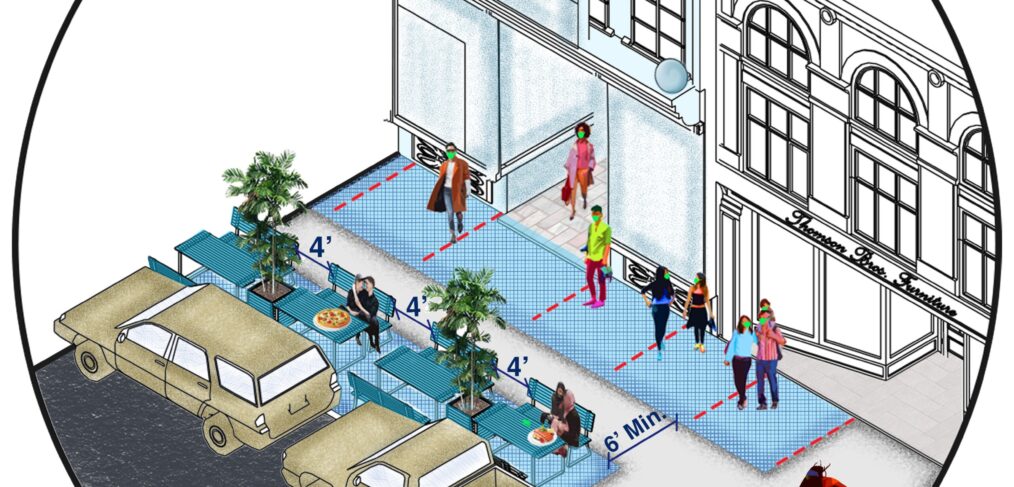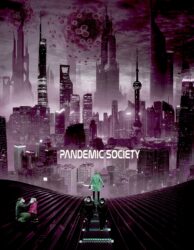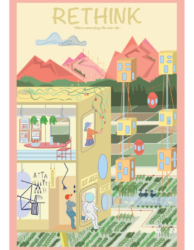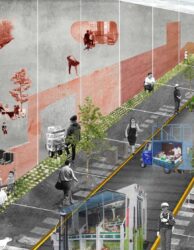
The Neighborhood: Utopic Social Distancing
Shreejit Modak
Urban Designer
On 25th July, I finally decided to go out for dinner with my boyfriend after 4 months of staying indoors. We put on our party cloths and fancy shoes just to go a block away to eat. It was exciting to be in public, see people and have a new experience. Walking towards the restaurant was different this time. No one was coming near, rather people were crossing roads if they see someone approaching towards them. Arriving at the restaurant, we had to stand 6 feet apart from other couple waiting to be seated. It was different ambiance this time, as the seating was provided on street (literally on the street) only separated by few planters and wooden fence. As we were ordering the food, cars ran next to us like 3 feet away. It was scary at first, but it was exciting to be out and eat in a restaurant. Was it safe and clean to eat next to running cars on street! We really did not care much as this event was remotely normal as compared to before the pandemic began.
This pandemic has changed the way we used to see and live life. Basic habit of washing hands has become virus prevention effort. Masks have become a new accessory. Daily hustle has become access to home refrigerator at any point of the day. Daily privileges are now being able to walk on beaches freely, being able to meet friends and family without distancing, being able to breath without masks, being able to sit in a park without getting uncomfortable, being able to go to gym without an appointment. This pandemic has made us realize that life was simple and we only complicated it by putting rules on ourselves. This virus has made us recognize that most of the our life luxuries are actually free.
The new normal has changed our day to day activities. Traveling has reduced to zero. Work from home is a new trend. Going downstairs to do laundry is more exciting than before. Neighborhoods have also started to adapt to this new normal. New seating arrangements by restaurants and bars has changed the typical scenarios of streets and sidewalks. People have started creating groups to use building roofs for yoga, dance, etc following the CDC guidelines of social distancing. Vacant walls are becoming art exhibitions and movie projecting spaces. Grocery stores have started putting outdoor stalls to access more number of people. Cycling tracks and bicycles are used more than before.
COVID-19 has made people distant, but have brought them even more closer to envision a better, safer and more sustainable urban future. This new normal will change the way cities function.







